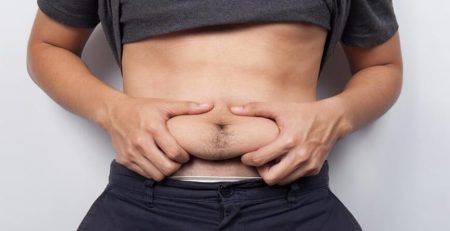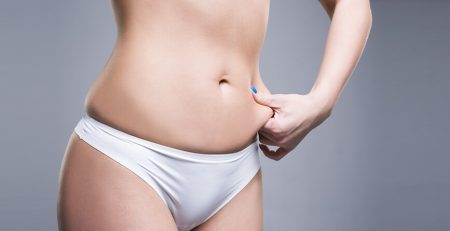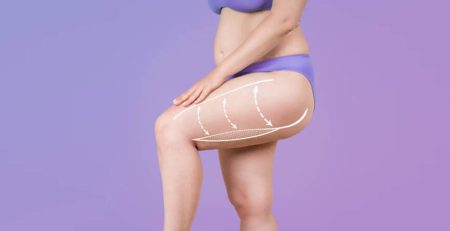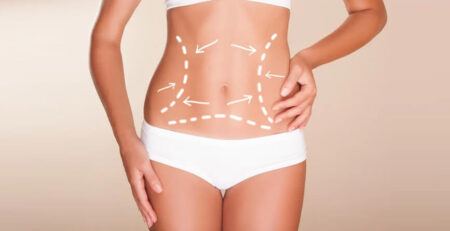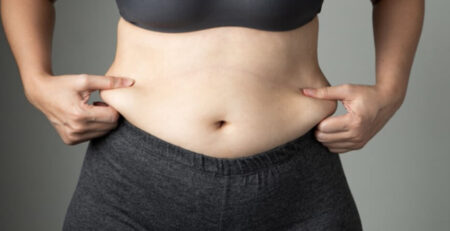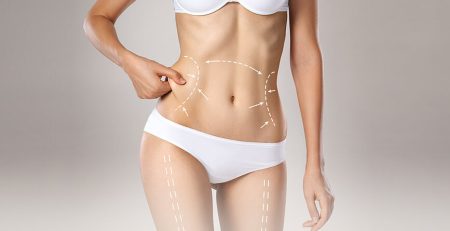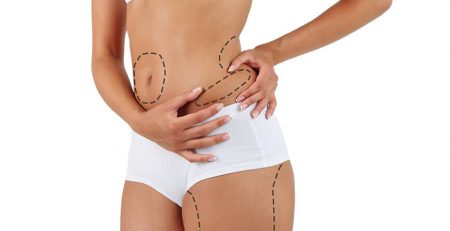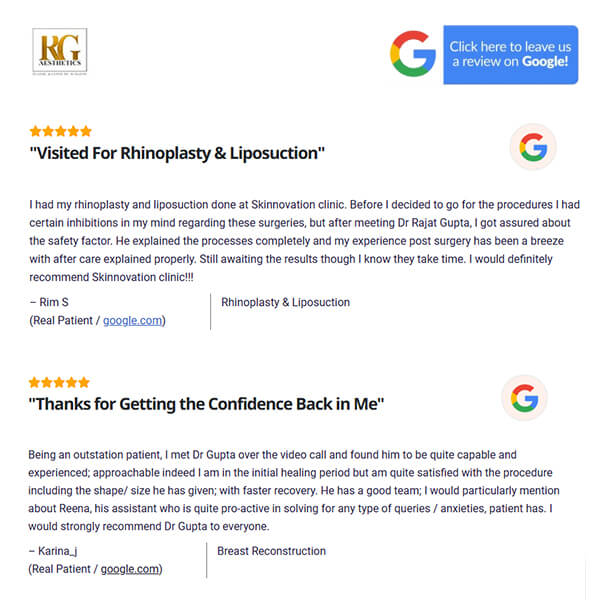Is Liposuction Safe? What to Expect, Risks, and Side Effects
Are you tired of stubborn fat pockets that won’t disappear, no matter how hard you work out or diet? If so, you may consider a liposuction procedure to achieve your desired body shape. Liposuction is a popular cosmetic surgery that promises to remove excess fat and contour your body, but is it safe?
While liposuction is generally considered safe, as with any surgery, liposuction comes with certain risks, such as infection, blood clots, and uneven contours. Therefore, understanding what to expect during the procedure and the potential risks involved can help you make an informed decision about whether liposuction is right for you.
Let’s get started!
What to Expect From Liposuction?
Liposuction is a surgical procedure that helps to remove excess fat from specific body areas. It’s a popular option for people with stubborn fat areas that don’t respond to diet and exercise. Liposuction or fat removal surgery can be performed on many body areas, including the abdomen, thighs, hips, buttocks, arms, and neck.
People consider liposuction for a variety of reasons. Some people want to improve the appearance of their bodies and feel more confident in their skin. Others may have medical conditions that cause excess fat deposits, which can be difficult to manage with traditional weight loss methods.
It’s important to remember that liposuction is not a weight loss procedure and should not be used as a substitute for a healthy lifestyle. Therefore, you should have realistic expectations from the procedure.
Before Procedure
Before the liposuction procedure, you will meet your surgeon to discuss your goals and expectation. Your surgeon will also evaluate your health history, current health status, and any medications or supplements you take to determine if you’re a good candidate for the procedure.
Your surgeon will also provide you with specific instructions on how to prepare for the procedure. This may include avoiding certain medications, fasting requirements, and what to wear on the day of the procedure.
Have questions or want to get started? We are ready to help you with a smile!
During Procedure
During the procedure, anaesthesia is given to the patient to eliminate discomfort. Your plastic surgeon in Delhi will make small incisions in the targeted areas where you want fat removed. The incisions are typically very small and strategically placed to minimise scarring.
Your plastic surgeon in Delhi will use a small cannula tube to suction out the excess fat from the incisions. The cannula is attached to a vacuum device that sucks out the fat from the targeted area. Your surgeon will move the cannula back and forth to break up the fat and create a smoother contour.
After completing fat removal surgery, your surgeon will close the incisions using stitches, sutures, or adhesive strips. Finally, your surgeon will apply dressings or bandages over the incision sites to help with healing and reduce swelling.
The length of the procedure depends on the amount of fat being removed and the number of areas being treated. Some procedures may take as little as one hour, while others may take several hours.
After Procedure
After a liposuction procedure, you can expect to experience some discomfort, swelling, and bruising in the treated area. This is completely normal and is a sign that your body is healing. Your surgeon will likely recommend wearing compression garments for several weeks to help reduce swelling and promote healing. You may also be prescribed pain medication to help manage any pain or discomfort you experience.
During the first few days after the procedure, giving your body time to heal is important, so you need to take some time off work or other strenuous physical activities. You may also experience some fluid accumulation in the treated area, which is also normal and should subside over time.
As your body continues to heal, you will notice a significant improvement in the appearance of the treated area. However, it’s important to remember that liposuction is not a substitute for a healthy lifestyle. To ensure that the procedure results are long-lasting, you will need to maintain a healthy diet and exercise regularly.
Risks and Side Effects
Liposuction is a cosmetic surgery that removes excess fat from specific body areas. It is a popular option for people who have struggled to lose weight through diet and exercise alone. While liposuction can be an effective way to contour the body and achieve a more toned appearance, like any surgery, it comes with risks and potential side effects. Before deciding to undergo liposuction, it’s important to understand these risks and weigh them against the potential benefits of the procedure.
Let’s discuss the risks and potential side effects of liposuction.
Common Side Effects
Here are some of the most common side effects of liposuction or fat removal surgery:
1- Swelling and Bruising
Swelling and bruising are usually most prominent in the first few days following the procedure but can persist for several weeks. During liposuction, the surgeon uses a cannula to suction out excess fat from the treatment area, which can cause tissue trauma and trigger the body’s natural inflammatory response.
Bruising occurs due to the trauma to blood vessels and capillaries in the treated area, which can cause blood to leak into the surrounding tissues.
The severity of these side effects can vary depending on factors such as the extent of the procedure, the patient’s age, and overall health. Patients should follow their surgeon’s post-operative care instructions to minimise swelling and bruising after liposuction. This may include wearing compression garments, avoiding strenuous activity, taking prescribed medications, and applying ice to the affected areas.
2- Pain and Discomfort
Patients may experience pain and discomfort after liposuction. The pain level varies depending on the extent of the procedure and the patient’s tolerance for pain. This pain can be managed with over-the-counter pain medication or medication prescribed by the surgeon.
3- Numbness
Liposuction procedures involve the injection of anaesthesia to numb the treated area before making incisions. As a result, numbness is a common and expected side effect of liposuction that can last for a prolonged period. Swelling Excessive in the treated area can also cause numbness, but this type of numbness usually resolves once the swelling subsides.
Less Common Side Effects
Liposuction can have the following side effects on rare occasions:
1- Infection
Infection is a rare but serious potential side effect of liposuction. Liposuction involves making small incisions. Therefore bacteria can enter the incision site during the procedure or if proper post-operative care is not followed. Signs of infection include redness, swelling, tenderness, warmth, discharge, fever, and chills. If left untreated, an infection can spread and cause more serious health problems.
To reduce the risk of infection after liposuction, patients should follow their surgeon’s post-operative care instructions carefully. This may include keeping the incision site clean and dry, taking prescribed antibiotics, and avoiding activities that can cause excessive sweating or irritation in the treated area.
2- Skin Necrosis
Skin necrosis is a potential complication in a liposuction procedure, where many fat cells are removed from a single area. This happens when the tissue in the treated area dies off due to a lack of blood supply.
Chronic smokers are at a higher risk of developing skin necrosis due to the negative effects of smoking on blood vessels. Additionally, skin necrosis can lead to further complications such as infection, blood clots, inflammation, and damage to blood vessels.
To minimise the risk of skin necrosis and other complications after liposuction, patients should disclose any pre-existing medical conditions or risk factors that may increase the likelihood of complications to their plastic surgeon in Delhi. They should also follow their surgeon’s instructions and quit smoking well before the procedure, as smoking cessation can help reduce the risk of complications and promote healing.
3- Saggy Skin
Liposuction can result in skin looseness or sagging, a normal part of the healing process. However, when a large volume of fat is removed from a single area during the procedure, the skin may not fully contract, leaving it saggy or loose.
The risk of sagging skin after a liposuction procedure is influenced by age, skin type, and surgical technique. However, treatments are available to address this issue, such as surgery to remove excess skin or non-surgical treatments such as radiofrequency or ultrasound therapy.
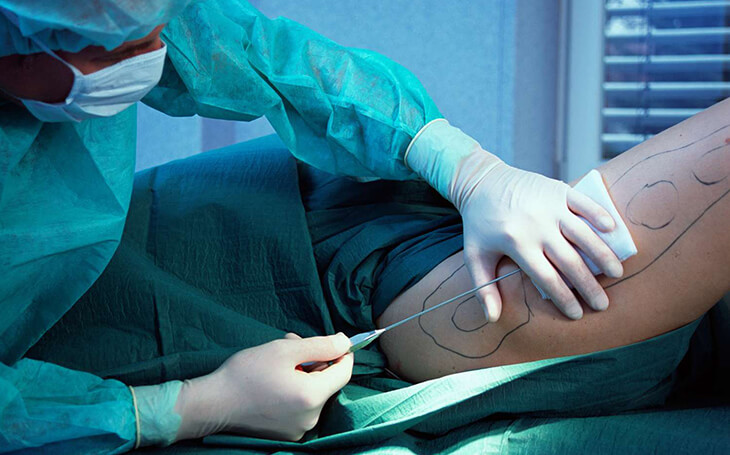
How to Minimise Side Effects of Liposuction Procedure?
There are several steps patients can take to minimise the side effects of a liposuction procedure:
- Choose a qualified and experienced surgeon with extensive experience in liposuction to ensure the procedure is performed safely and effectively.
- Follow pre-operative and post-operative instructions for preparing for the procedure, which may include avoiding certain medications, fasting, and quitting smoking.
- Wear compression garments after the procedure to minimise swelling and promote healing.
- Adequate rest and recovery time after the procedure can help minimise pain and discomfort.
- Stay hydrated. Drinking plenty of fluids after the procedure can help flush out any toxins and reduce the risk of complications.
- Attend all scheduled follow-up appointments with your plastic surgeon in Delhi to ensure proper healing and detect potential complications.
Wrapping Up!
Liposuction procedures can be a safe and effective way to remove stubborn fat and contour the body when performed by a qualified and experienced surgeon. While the procedure does carry some risks and potential side effects, many of these can be minimised or avoided with proper pre-operative preparation and post-operative care.
Dr Rajat Gupta, a board-certified plastic surgeon with years of experience performing liposuction procedures, is dedicated to providing safe and effective treatment for his patients. He takes a comprehensive approach to patient care, working closely with each individual to develop a personalised treatment plan that considers their unique needs and goals.
Dr. Rajat Gupta
MBBS, MS, DNB(Gen. Surg.),
DNB (Plastic Surgery)
Dr. Rajat Gupta is a board certified plastic surgeon in India with 15 years of experience to back his expertise in the domain of aesthetic surgeries.
Having completed his training from Maulana Azad Medical College and equipped with a thorough understanding of aesthetic needs of people, Dr. Gupta strives to offer the best remedies and cosmetic procedures outfitted with the latest technology to the aspirants in India and across the globe. To book an appointment, call: +91-9251711711 or email: contact@drrajatgupta.com


